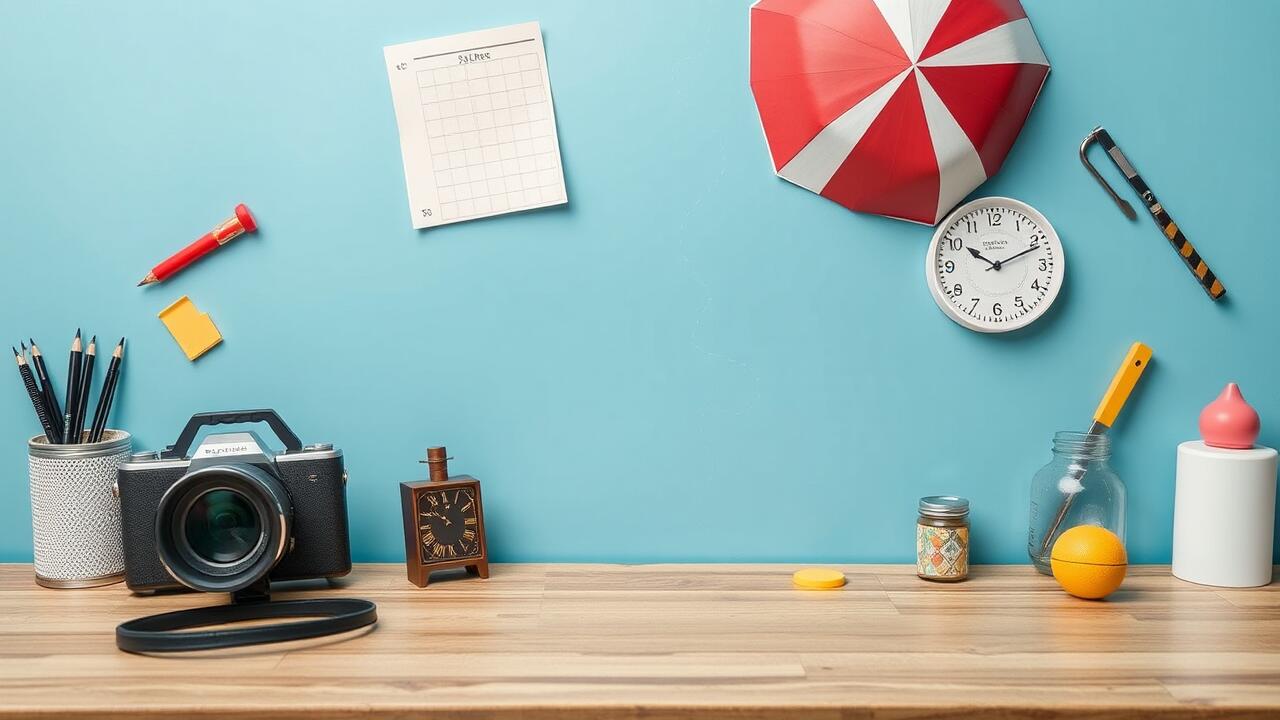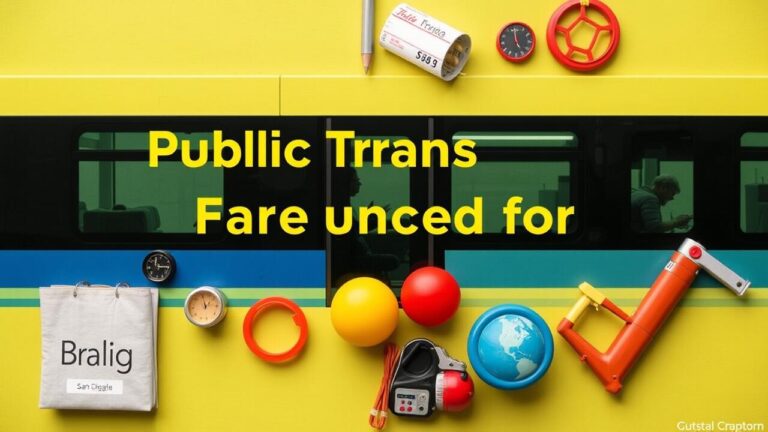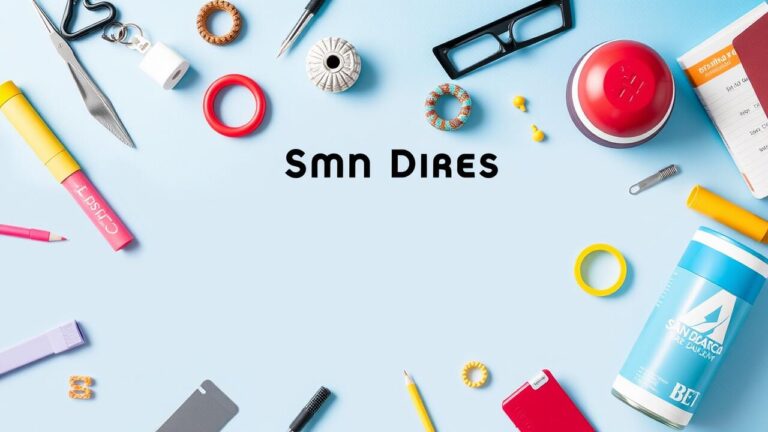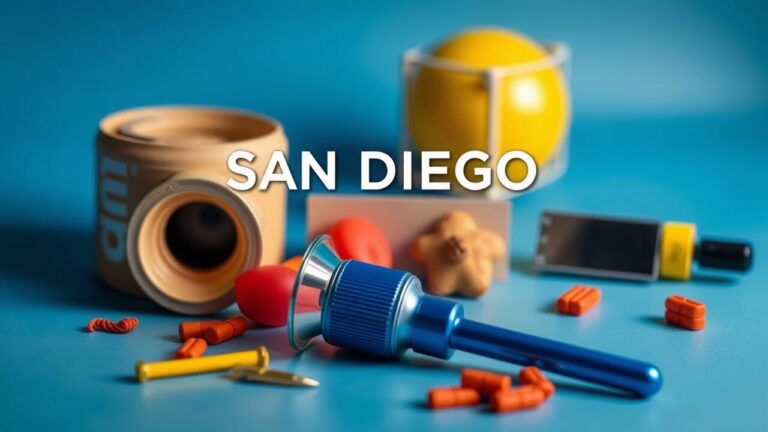Arts and Culture Events
The Role of Technology in Arts Events
In a whirlwind of innovation, technology has dramatically reshaped the realm of arts events, revolutionizing how art is crafted and showcased. Digital tools have flung open the doors to uncharted territories for artists, inviting them to dabble in fresh mediums—expressions that once danced just out of reach with traditional methods are now within grasp. And oh! The wonders do not stop there; advanced soundscapes and dazzling lighting techniques elevate performances into realms of immersion that seize audiences’ senses and whisk them away on exhilarating journeys.
But wait—there’s more! Enter live-streaming: a game-changer that erases geographical barriers like chalk from a blackboard, allowing people across continents to dip their toes into cultural currents they could only dream of before.
Event organizers have harnessed these digital marvels too, wielding platforms for marketing and audience engagement with finesse. Social media? It’s not merely an accessory; it’s the lifeblood pumping through communities, expanding reach like never before while cultivating vibrant interactions among diverse demographics. Feedback? Oh yes—the treasure trove hidden within online surveys offers crucial insights that sculpt future programming and spark collaborations between artists.
As we stand at this crossroads where technology continues its relentless march forward, one thing is crystal clear: its embrace in arts events will only intensify. Brace yourselves for even more electrifying experiences—dynamic exchanges between creators and spectators await on the horizon!
Innovative Approaches to Engagement
The landscape of audience engagement in the realm of arts events has undergone a dramatic transformation, propelled by the rise of digital platforms. Imagine this: virtual reality experiences and augmented reality apps thrust participants into an immersive dance with art—something that was once confined to the limits of imagination. These innovations elevate not just the viewer’s experience but also cultivate a dynamic, almost conversational ambiance where individuals can engage directly with both the artwork and its creators. And let’s not overlook social media campaigns; they act as powerful amplifiers, pushing events beyond traditional boundaries and sparking lively community conversations.
Meanwhile, experiential learning is emerging as a cornerstone of arts programming—a veritable renaissance! Workshops and hands-on activities invite attendees to dive deeper into various artistic forms. By encouraging active participation in creation, organizations kindle a personal stake in what unfolds before them. This model doesn’t merely open up art—it democratizes it! It fosters an inclusive sense of belonging within communities tied to the arts. The diverse perspectives invited through such gatherings enrich our cultural tapestry while broadening our collective understanding of what artistic expression truly means.
Accessibility in Arts and Culture Programming
Ensuring that arts and culture programming is accessible to everyone—oh, what a noble endeavor! It demands a deep-seated commitment to inclusivity at every twist and turn of organization and execution. Think about it: physical access to venues mustn’t be an afterthought; adaptive technologies should flow freely like water, while materials are crafted in various formats to embrace the kaleidoscope of diverse audiences. But wait, there’s more! Establishing outreach programs aimed squarely at underrepresented communities can act as a bridge over chasms that have long restricted participation in these vibrant cultural experiences. And let’s not forget—the training for staff and volunteers on accessibility issues isn’t just beneficial; it elevates the entire visitor experience into something extraordinary.
A multifaceted approach? Absolutely essential if we’re hoping to create genuinely inclusive environments within arts and culture events! Partnering with advocacy groups can unleash invaluable insights into the unique needs of individuals living with disabilities—a goldmine of knowledge waiting to be tapped. Oh, but it doesn’t stop there! Harnessing feedback from attendees becomes the lifeblood for ongoing improvements in accessibility initiatives—an ever-evolving tapestry woven by real experiences. By adopting flexible scheduling practices, crafting sensory-friendly spaces, and deploying clear communication strategies, organizations can cultivate an atmosphere where every individual feels not just welcomed but cherished. Prioritizing these elements doesn’t merely widen audience reach—it enriches our cultural landscape immeasurably by amplifying a dazzling array of voices and perspectives that deserve their moment in the spotlight!
Making Events Inclusive for All
Crafting arts and culture events that truly embrace inclusivity demands a nuanced understanding of the myriad audiences involved. It’s not just about throwing open the doors; it’s about making sure those doors are accessible to everyone—think wheelchair ramps, accommodations for folks with hearing impairments, and everything in between. Increasingly, event organizers are stepping up their game by prioritizing multilingual programming—offering materials in a kaleidoscope of languages and even real-time translation services. These thoughtful strategies invite broader participation, cultivating an environment where every individual is not just welcomed but genuinely valued.
But wait, there’s more! Tapping into community feedback during event planning can supercharge inclusivity efforts. By engaging with underrepresented voices, organizers ensure that programming resonates deeply with diverse interests and cultural narratives. This isn’t just a checkbox exercise; it’s a dynamic collaboration that transforms events into vibrant spaces of relevance and connection. When barriers faced by different audiences are actively dismantled, the result is experiences that resonate far beyond the ordinary—ultimately weaving richer threads into our cultural tapestry.
The Impact of Arts Education
Engaging in arts education—what a vibrant tapestry it weaves! It’s been revealed, time and again, that diving into the world of creativity can turbocharge cognitive development and sharpen those critical thinking skills among students. Imagine this: by weaving together a medley of artistic disciplines, young minds find not just an outlet for self-expression but also delve deep into the rich wellspring of cultural heritage. The arts create an arena where experimentation reigns supreme; personal expression is not merely tolerated but celebrated! This dynamic environment cultivates a blossoming confidence in their abilities and ideas.
But wait—there’s more! Arts education doesn’t just stop at creativity; it’s pivotal for honing essential life skills too. Think collaboration, problem-solving, emotional intelligence—the whole shebang! When students dive into group projects, they’re not just working side by side; they’re forging bonds through teamwork and communication. These experiences don’t merely add flavor to their educational journey—they are the very scaffolding that readies them for future hurdles across diverse professional landscapes. In essence, arts education stands tall as a foundational pillar—a vital springboard fostering an innovative generation poised to navigate the complexities of tomorrow with flair!
Fostering Creativity in Youth
Arts education is not just important; it’s vital—a lifeblood for nurturing the creative spirits of our youth! Picture this: programs that intertwine a kaleidoscope of artistic expressions—visual arts, music, drama—all swirling together to create a vibrant canvas where students can dive deep into their thoughts and emotions. This journey isn’t merely about self-discovery; it’s a thrilling adventure that sparks innovative thinking and hones problem-solving skills. These abilities? Oh, they’re absolutely essential in navigating both personal lives and professional landscapes.
But wait! There’s more. When young minds immerse themselves in the arts from an early age, something magical happens—they develop an appreciation for cultural diversity that resonates deeply within them. Imagine kids collaborating on projects that celebrate various artistic traditions! They don’t just learn art; they unravel the rich tapestries of societal narratives surrounding them. This awakening fosters empathy—a crucial trait in our ever-more connected world—and expands their horizons like never before.
So here’s the deal: schools and community organizations championing arts education aren’t merely filling schedules with classes; they’re sculpting well-rounded individuals equipped to confront future challenges head-on. And isn’t that what we all want? A generation ready to embrace complexity with open arms?
| Art Form | Benefits | Example Programs |
|---|---|---|
| Visual Arts | Enhances creativity, improves fine motor skills | After-school painting classes |
| Music | Boosts memory, fosters teamwork, and discipline | Children’s choir and band programs |
| Drama | Builds confidence, improves communication skills | Theater workshops and performances |
| Dance | Enhances physical health, promotes self-expression | Community dance classes |
| Multimedia Arts | Encourages technological literacy, fosters creative problem-solving | Digital art and film-making workshops |
Trends in Arts and Culture Events
The realm of arts and culture events is in a perpetual state of flux, morphing alongside the ever-shifting tides of societal values and the relentless march of technology. Audiences today are discerning seekers, craving immersive experiences that tantalize their senses in ways both profound and unexpected. Imagine stepping into an art exhibit where virtual reality and augmented reality intertwine seamlessly—this isn’t mere fantasy; it’s a vivid reality! Attendees can now engage with artworks like never before, crafting connections that transcend traditional boundaries.
And then there’s the rise of hybrid events—those intriguing concoctions that blend face-to-face interactions with digital elements. These innovative formats resonate deeply with varied participant preferences while casting a wider net to draw in diverse audiences.
Amidst this vibrant evolution, sustainability has taken center stage as a crucial pillar for event organizers. A growing number are embracing eco-friendly initiatives: trimming waste here, opting for sustainable materials there—all part of a conscientious effort to tread lightly on our planet. Social justice themes have also woven their way into programming, revealing an awakening awareness around inclusivity and representation within artistic realms.
But it doesn’t stop there! Organizations are harnessing data-driven strategies to delve deep into audience engagement metrics—analyzing preferences and behaviors—to sculpt offerings that truly resonate. The result? An enriched attendee experience that’s not just tailored but transformed!
Evolving Audience Preferences
In recent times, the landscape of audience preferences in arts and culture has undergone a remarkable metamorphosis. The digital wave has swept through, transforming how people absorb and interact with artistic expressions. Once upon a time, events thrived on the energy of physical presence; now, they dance between realms—hybrid formats that cater to both those who fill seats and those who log in from afar. This seismic shift has expanded the horizons for countless cultural organizations, forging connections with an eclectic mix of demographics that might have felt sidelined before.
Moreover, there’s this palpable hunger for experiences that transcend mere observation—a craving for the immersive and experiential! Think interactive installations or participatory performances—they’re not just trends; they’re manifestations of a deeper yearning for involvement. Organizations are catching onto this vibe, prioritizing interactivity so attendees can leap beyond passive roles into active contributors in the artistic discourse. This evolution doesn’t merely tweak programming choices; it reshapes the very blueprint of event planning and execution within the vibrant tapestry of the arts sector’s future.
Collaborations between Organizations
In an age where the arts and culture scene thrives on collaboration, the importance of joint efforts among diverse organizations has skyrocketed. Think about it: when these entities join forces, they don’t just combine resources; they fuse their unique strengths in a dazzling display of creativity! It’s like mixing colors on a palette—what emerges is often something far beyond what any one organization could achieve alone. These partnerships ignite innovative events that pulse with fresh insights as ideas cross-pollinate and build upon each other.
But wait, there’s more! Successful collaborations aren’t simply about pooling talent; they dive deep into the essence of each group’s mission and values. By harmonizing their distinct goals, these organizations craft multifaceted programs that resonate with broader community needs—a true symphony of purpose! Engaging in such cooperative ventures cultivates a collective spirit that can open doors to increased funding opportunities while simultaneously amplifying visibility across various platforms. This intricate web of interconnectedness doesn’t just enhance individual initiatives; it fortifies the entire landscape of arts and culture, creating a vibrant ecosystem that benefits everyone involved—artists, audiences, and communities alike.
Building Partnerships for Success
The collaborative dance among arts organizations has emerged as a vital force, propelling the reach and resonance of cultural events into uncharted territories. Imagine a tapestry woven with shared resources, pooled knowledge, and interconnected networks—these partnerships don’t just enhance operational prowess; they spark a vibrant collective spirit that ignites the community! This electrifying synergy often births groundbreaking programming and eclectic offerings that beckon an ever-expanding audience, boosting participation and engagement in ways previously unimagined.
In recent times, the significance of forging robust collaborations has become glaringly apparent. Arts organizations are awakening to the fact that unity can sculpt seamless experiences for attendees, inviting them on journeys across disciplines while stimulating curiosity and involvement. Partnerships with local businesses, educational institutions, and grassroots groups weave stronger community ties and enrich our cultural fabric. Moreover, these alliances unlock pathways to funding opportunities and sponsorships galore—paving the way for ambitious projects that once lingered just beyond reach!
- Strengthen community bonds through shared artistic initiatives.
- Enhance funding opportunities by presenting a united front to sponsors.
- Foster diverse programming by merging different art forms and cultural perspectives.
- Expand audience reach by tapping into each partner’s unique networks.
- Encourage knowledge exchange, fostering innovation and creativity within organizations.
- Build lasting relationships with stakeholders, ensuring sustainability of projects.
- Empower local talent by creating platforms for collaboration and exposure.
Conclusion
The realm of arts and culture events is in a constant state of flux, propelled by the relentless march of technology and the fervent pulse of community engagement initiatives. This vibrant tapestry creates a fertile ground for innovation, ensuring that these happenings resonate deeply with an eclectic mix of audiences. A steadfast commitment to increasing accessibility and inclusivity remains at the forefront, paving the way for broader participation and enriching the very fabric of communities.
Collaborative efforts between organizations underscore the significance of partnership in reaching shared aspirations. When stakeholders unite their resources and expertise, they can magnify their influence, breathing life into a thriving arts scene. As tastes evolve and fresh trends bubble to the surface, it becomes imperative for event planners and cultural leaders to stay nimble—prioritizing creativity while forging deep connections within this ever-shifting landscape.







